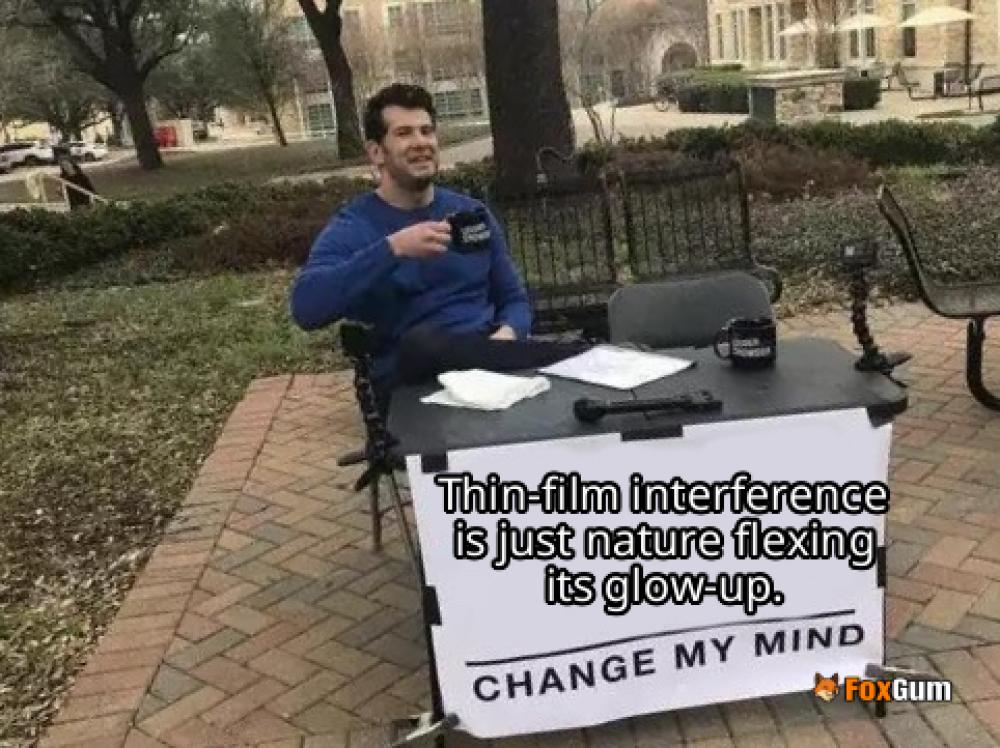
What in the World is Thin-film Interference?
Ever looked at a soap bubble and thought, “Wow, that’s a disco party for my eyes!”? 🎉 Well, welcome to the colorful world of thin-film interference! This dazzling phenomenon is what gives soap bubbles, oil slicks, and even your favorite pair of sunglasses that stunning array of colors. Let’s dive into this science party and see how it all works! 🧪✨
How Does It Work?
Thin-film interference occurs when light waves reflect off the different layers of a thin film. When light hits a soap bubble, some of it bounces off the outer surface while some penetrates the bubble and reflects off the inner surface. These two reflected light waves can interfere with each other, creating a dazzling display of colors. 🌈
Now, here’s the kicker: the colors you see depend on the thickness of the film and the angle at which you’re viewing it. If the film is super thin, you might see just a few colors. But if it’s thicker, get ready for a full-on rainbow explosion! 🌈💥
Why Do We See Different Colors?
So, why does it look like a kaleidoscope? It all boils down to the wavelengths of light. Different colors correspond to different wavelengths, and when these wavelengths overlap or cancel each other out due to interference, we get those vibrant colors! 🎨
In simpler terms, think of it as a musical jam session. If the right notes (or wavelengths) come together, you get a harmonious tune (or beautiful colors). If they clash, well, it’s just noise! 🎶
Real-World Applications
Thin-film interference isn’t just for soap bubbles and oil spills. Nope! It’s also behind those anti-reflective coatings on glasses and camera lenses. These coatings help reduce glare and improve visibility. So, next time you’re looking stylish in your shades, remember: you’re also rocking some serious science! 😎
Fun Facts to Impress Your Friends
- Soap Bubbles: The colors change as the bubble pops! 🫧
- Oil Slicks: The colors depend on the thickness of the oil layer! 🛢️
- Nature’s Art: Many insects use thin-film interference for their vibrant colors! 🦋
- Camera Lenses: Anti-reflective coatings are a game changer for photographers! 📸
So there you have it! Thin-film interference is not just a mouthful; it’s a spectacular visual treat brought to you by the wonderful world of physics. Next time you see a bubble or an oil slick, take a moment to appreciate the science behind those colors. Who knew science could be so colorful? 🎉









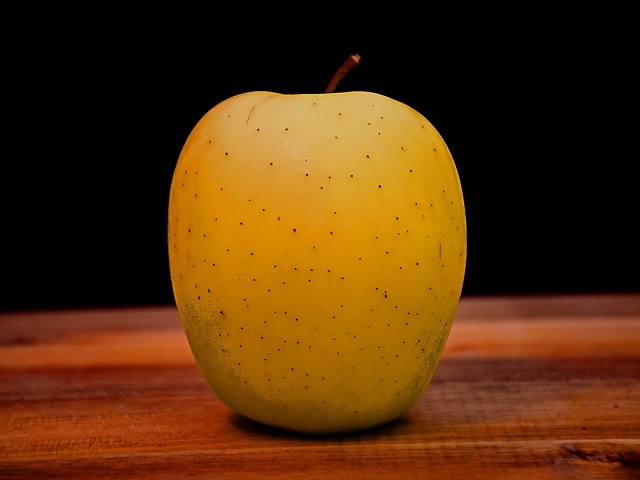







 Murder Case The Vanishing Cyclist
Murder Case The Vanishing Cyclist 
 Health
Health  Fitness
Fitness  Lifestyle
Lifestyle 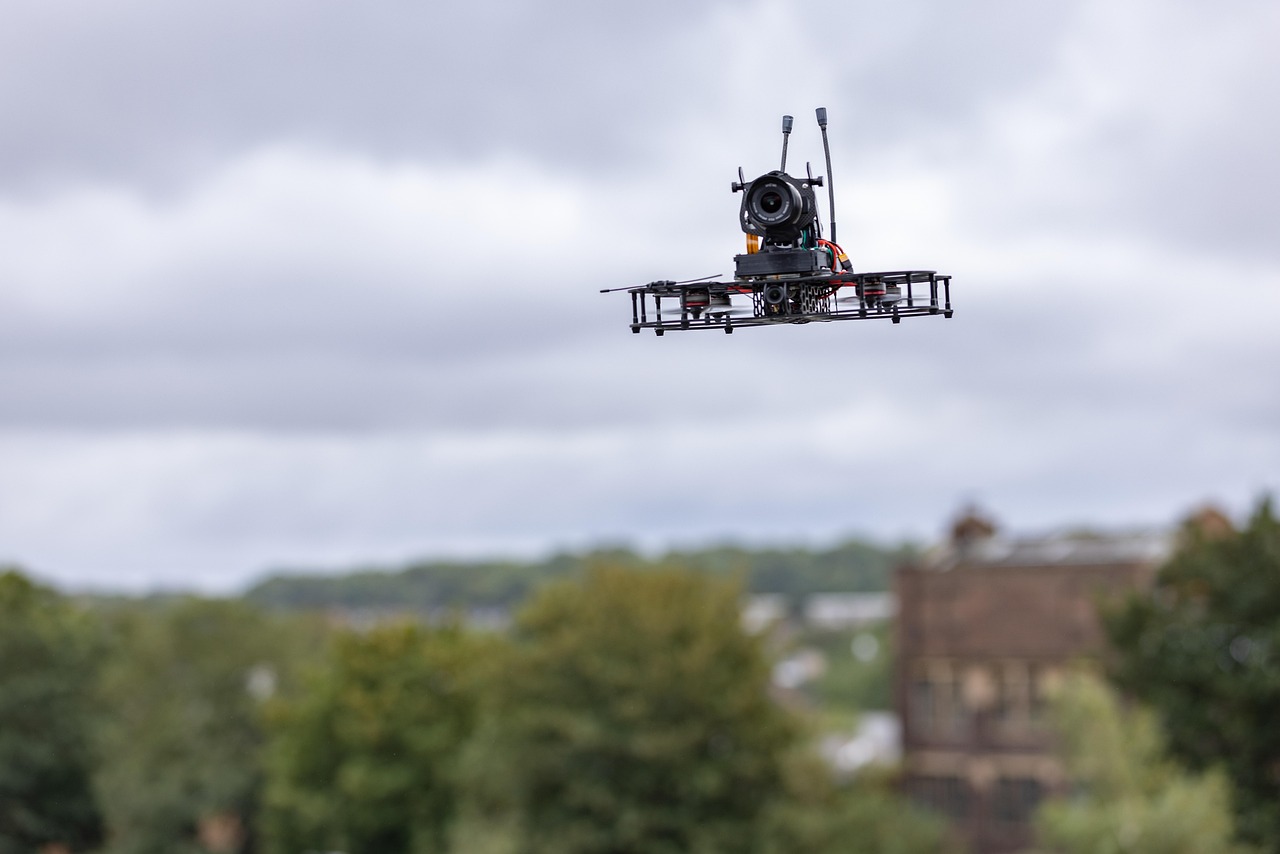 Tech
Tech  Travel
Travel  Food
Food  Education
Education  Parenting
Parenting  Career & Work
Career & Work  Hobbies
Hobbies  Wellness
Wellness  Beauty
Beauty  Cars
Cars 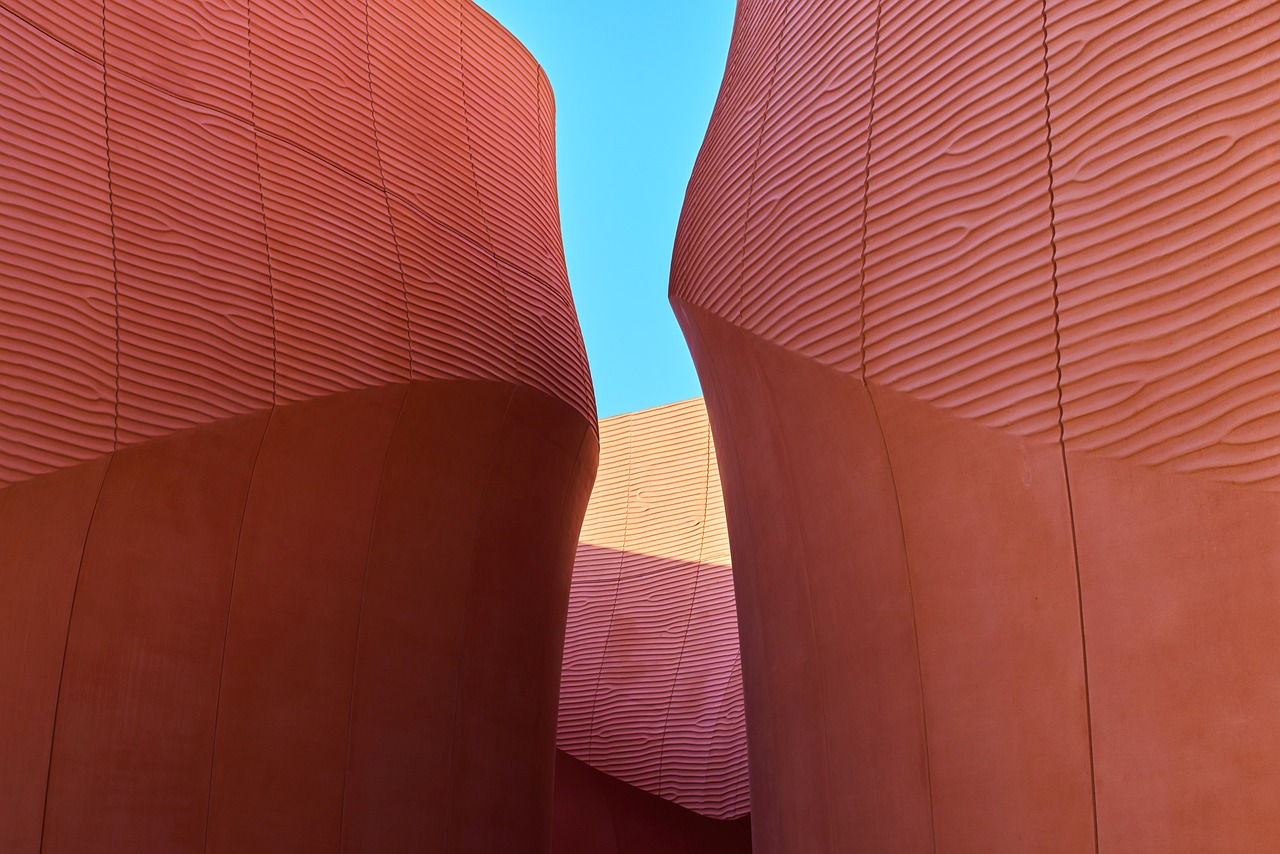 Art
Art 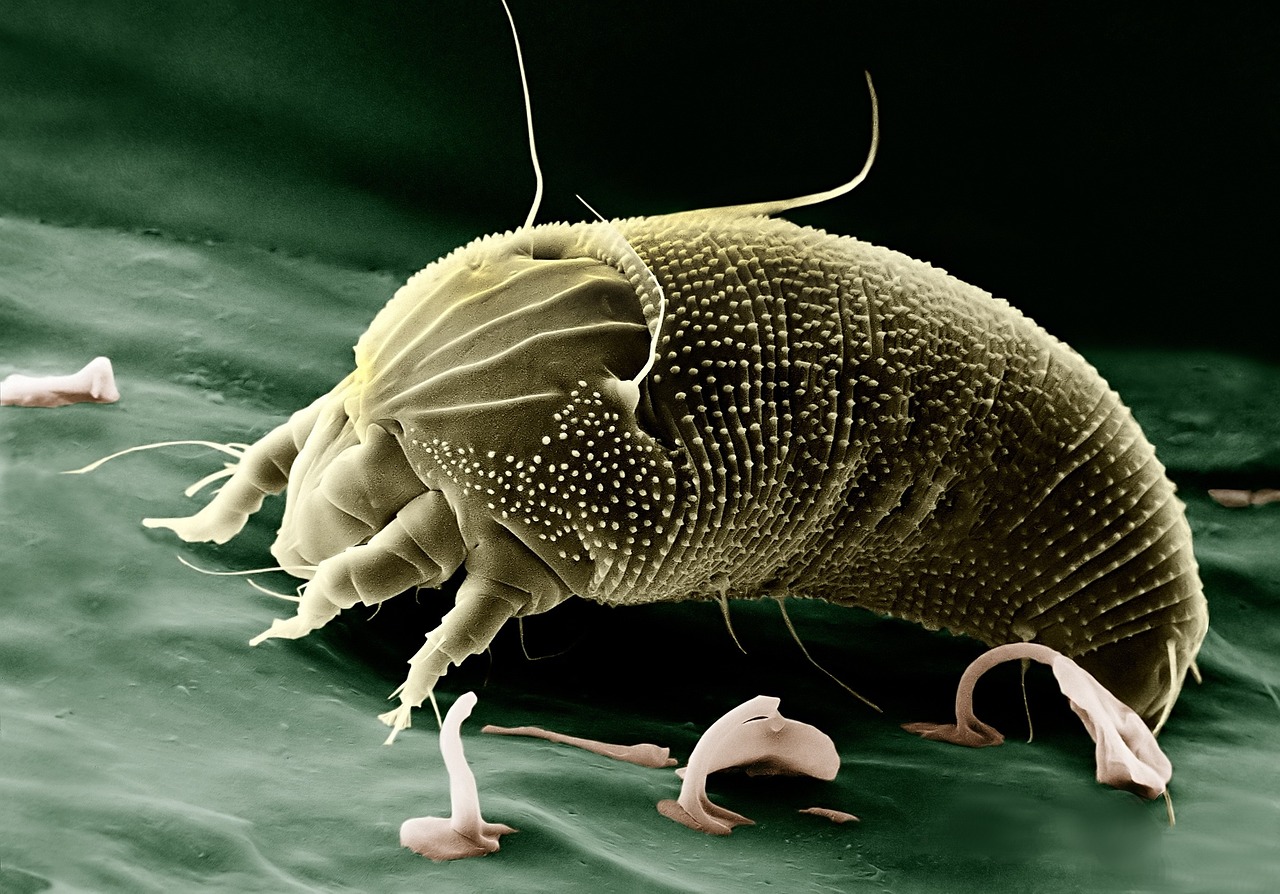 Science
Science  Culture
Culture  Books
Books  Music
Music  Movies
Movies  Gaming
Gaming  Sports
Sports  Nature
Nature  Home & Garden
Home & Garden  Business & Finance
Business & Finance  Relationships
Relationships  Pets
Pets  Shopping
Shopping 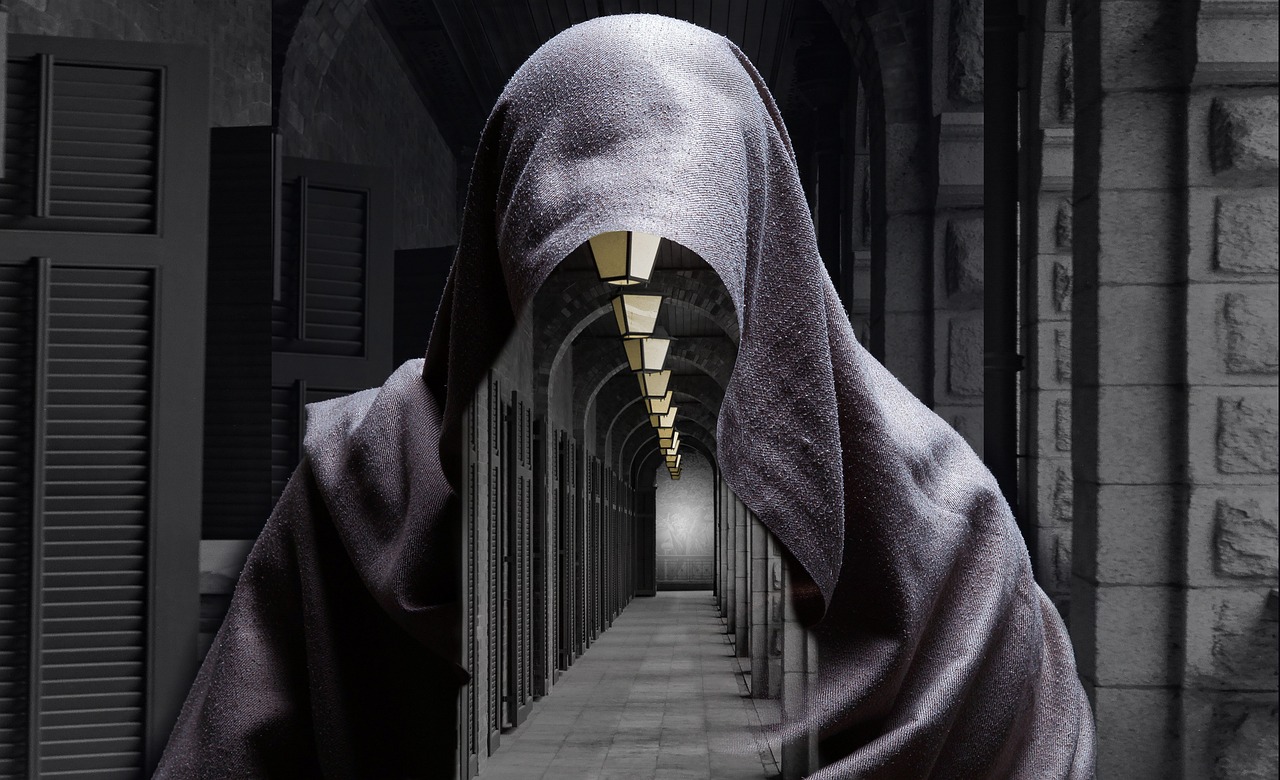 Mindset & Inspiration
Mindset & Inspiration  Environment
Environment  Gadgets
Gadgets  Politics
Politics 